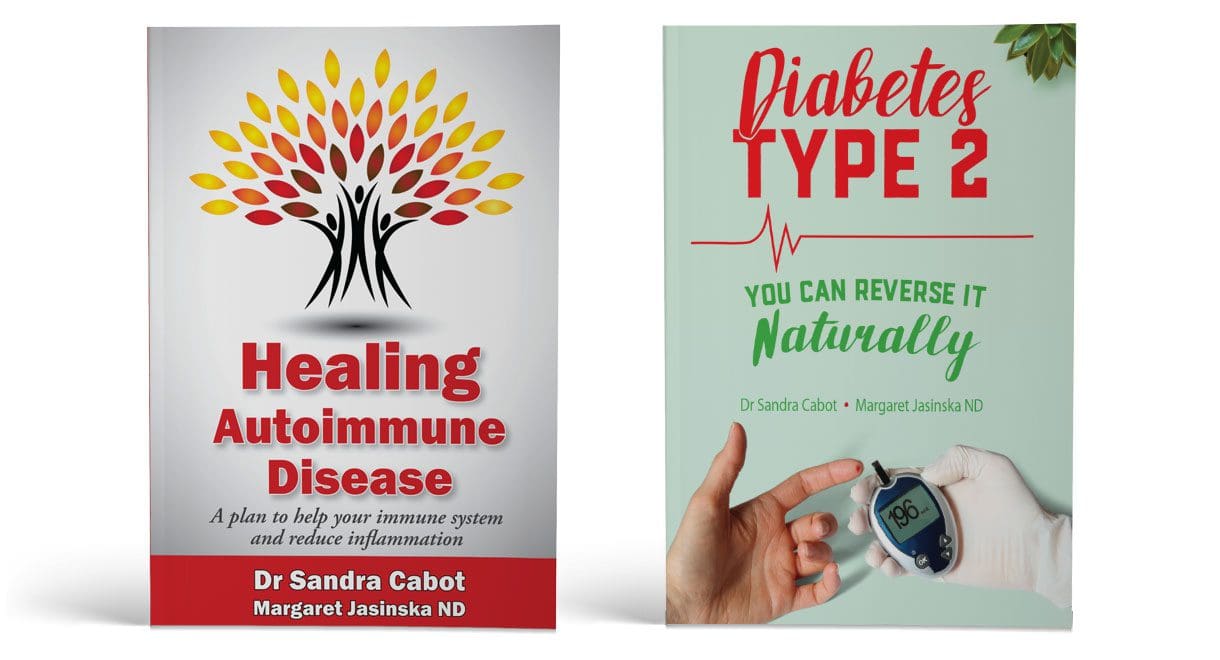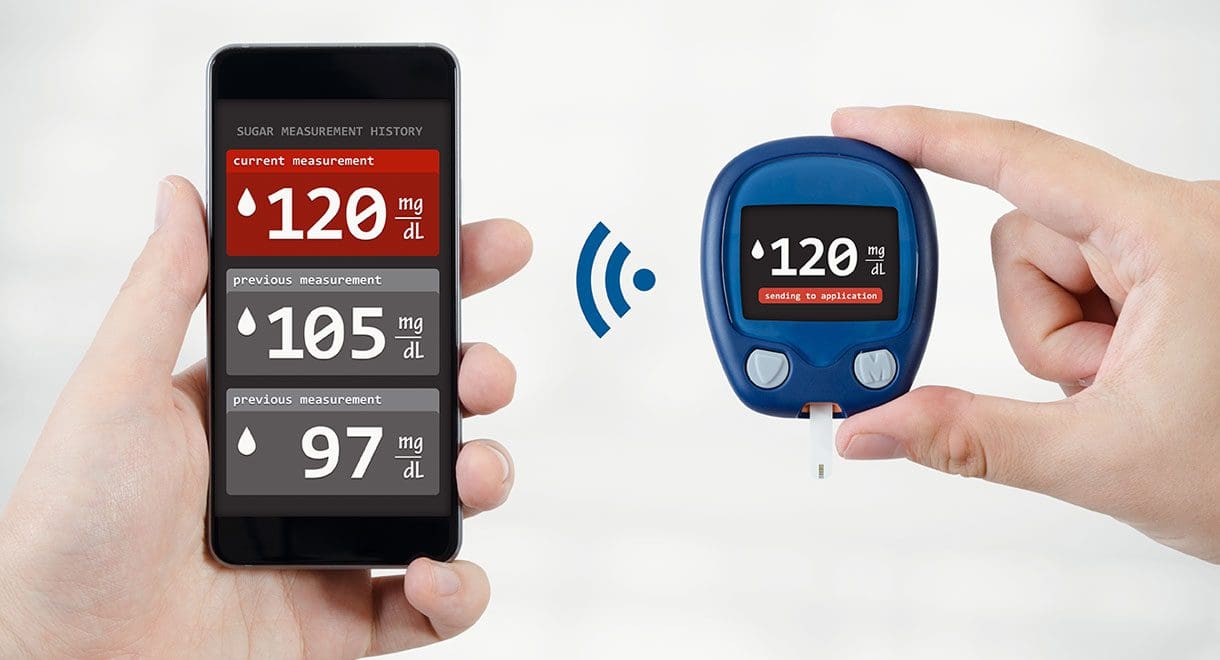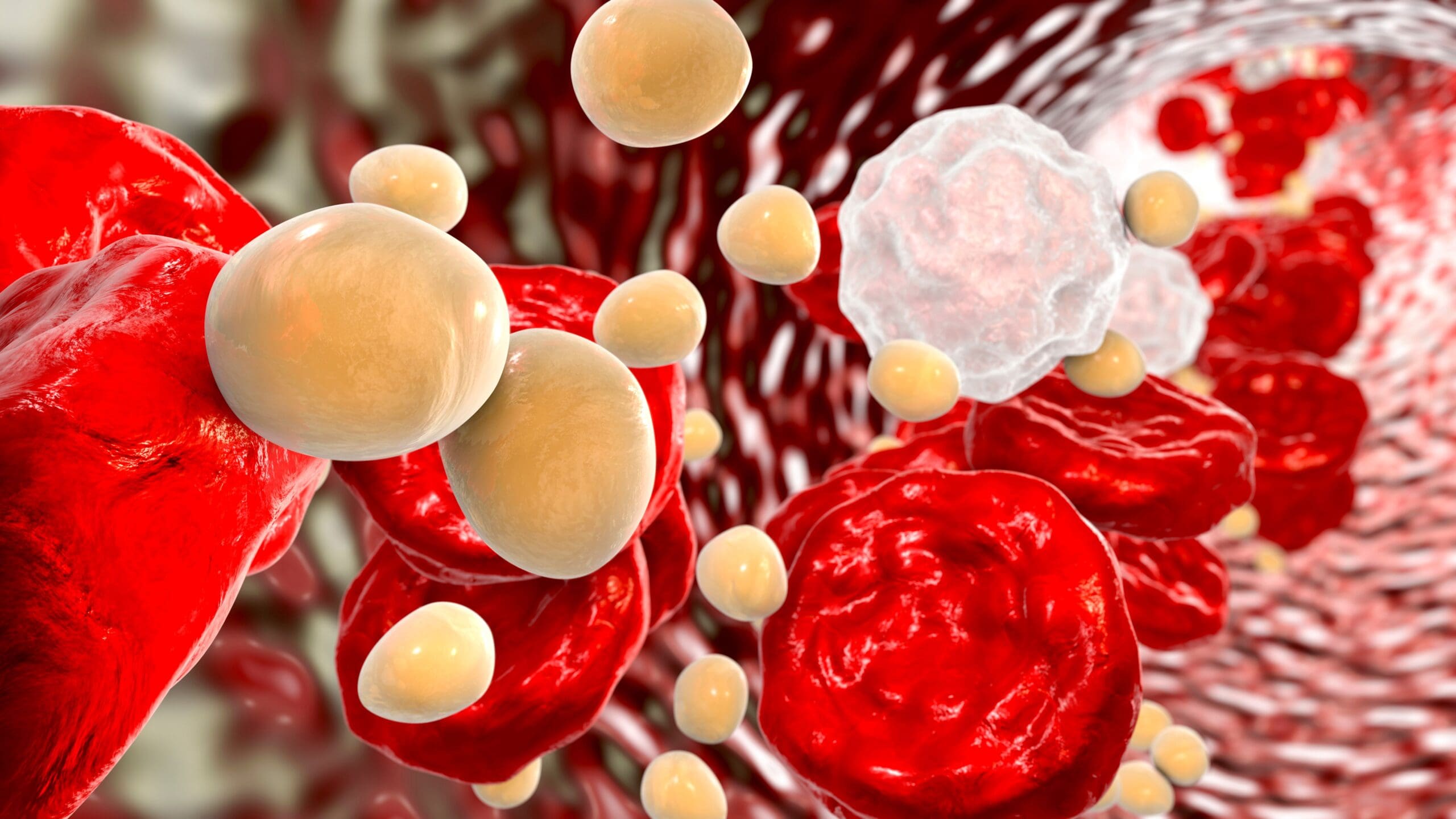Do you know enough about diabetes?
By naturopath Margaret Jasinska
Most people know there are 2 types of diabetes, but many do not understand that they have very different causes. The symptoms can be similar in the later stages, but in the beginning stages of diabetes, the changes that are happening in the body are incredibly different between diabetes type 1 and diabetes type 2.
Diabetes type 1 is an autoimmune disease caused by the immune system attacking the insulin producing cells in the pancreas – once these beta cells are destroyed, the pancreas can never produce enough insulin. This is a permanent disease but can still be helped with nutritional medicine and of course insulin therapy.
Diabetes type 2 is a disease that occurs when insulin is not working properly because the cells of the body have become resistant to it. In people with type 2 diabetes there is often too much insulin present in the body. The insulin does not work efficiently, so to compensate, the pancreas keeps on making more and more insulin.
The difference between diabetes type 1 and diabetes type 2 can be diagnosed with a 2-hour Glucose Tolerance Test (GTT) where it is essential to measure both the levels of blood sugar and blood insulin after a load of glucose is given to the patient in a sugary drink. In both diabetes type 1 and diabetes type 2 the blood sugar rises too high. However, in diabetes type 1, the insulin levels remain low and inadequate, and in diabetes type 2 the insulin levels rise way too high. There are additional antibody blood tests that are done to confirm the presence of type 1 diabetes.
In diabetes type 1, where insulin levels are inadequate, it is essential that the patient is prescribed insulin, as oral drugs do not work well. Insulin can be given as injections (which have a tiny painless needle) or the wonderfully effective insulin pump. This insulin therapy can control blood sugar levels very well and thus prevent the complications of diabetes.
It is interesting to note that in people with diabetes type 1, there is often weight loss due to loss of muscle and fat. In contrast in people with diabetes type 2, there is usually weight excess with fat accumulating in the liver, abdomen and upper body. This isn’t always the case though, and we always see patients that break the traditional stereotypes. That’s why thorough testing is always essential.
Recently I saw a 61-year-old woman with multiple autoimmune diseases: Hashimoto’s Thyroiditis, premature menopause and diabetes type 1. These diseases had been caused by her immune system attacking her thyroid gland, ovaries and pancreas. The diagnosis of her type 1 diabetes had been delayed and missed for nearly a decade, as no one had ever tested her insulin levels, and she had been prescribed oral drugs for diabetes which did not control her blood sugar levels. She needed insulin but did not get it, so she suffered frequent infections and fatigue for years. She was a slim woman and never battled with excess weight, which was a big clue that she needed insulin and had diabetes type 1 and not diabetes type 2.
She had the results of a previous blood test which showed she has very high levels of auto-antibodies called GAD antibodies and IA-2 antibodies which are found in 80% of newly diagnosed Type 1 diabetics. This patient has been very well after receiving an insulin pump.
When type 1 is diagnosed in adulthood, it usually comes on more gradually and is not as severe as type 1 diabetes in childhood. For this reason, it is usually referred to as LADA: Latent Autoimmune Diabetes of Adulthood. The incidence of this type of diabetes is rising sharply, and in fact some research has shown now more than half of type 1 diabetes is diagnosed in those over the age of 30. If your doctor has diagnosed you with type 2 diabetes via a blood sugar test alone, and tablets are not controlling your blood sugar well, it is important to be tested for LADA.

To learn more about autoimmune diseases, see our book titled Healing Autoimmune Disease.
To learn how to reverse Diabetes type 2, see our book titled Diabetes Type 2- You Can Reverse It.








Leave A Comment